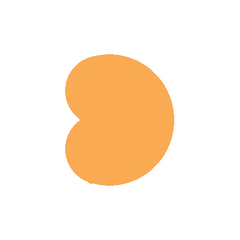Forty percent less budget, same effect

Kobalt presented research that indicates that brand owners can do with 40 percent less media budget while still obtaining the same result. With the analysis of data of thousand + campaigns the media agency concludes that cutting away the waste and advertise in a more selective way will result in a decrease of the TV budget of 5-20 percent. The online and radio budget can decrease with 10-20 percent and outdoor even up till 40 percent. Print is already very selective, cost can only be reduced by 5-10 percent. Managing Director Beijer of Kobalt adds that for FMCG's 76 percent of the total effect is derived from only 23 percent of the media target group. Time to make bold changes, but the marketing and advertising world is slow. And of course this piece of research calls for other research to confirm such dramatic changes.
Maybe another figure will make marketers and advertisers change their mind. Also in The Netherlands the number of "No Brochures" mailbox stickers has increased dramatically. Last year 14.6 percent of all Dutchmen did have such a sticker, an increase of almost 10 percent. On average every family receives 34 brochures and folders per week. Consumers are probably reacting on the overload of brochures, folders, flyers and door-to-door newspapers.
Both pieces of research call for a more personalised approach. This will probably be more expensive per contact, but also more effective because more relevant. Today's media options offer plenty of possibilities to become more personal in advertising.



















































